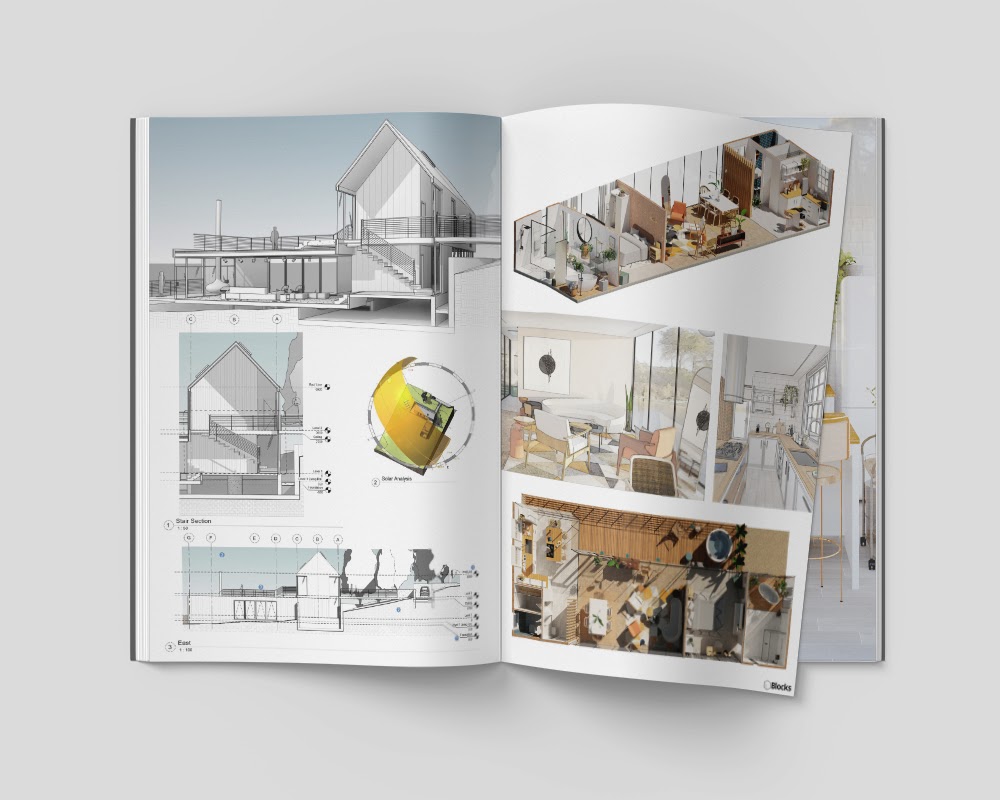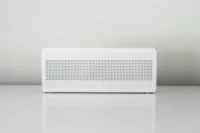- Home
- Articles
- Architectural Portfolio
- Architectral Presentation
- Inspirational Stories
- Architecture News
- Visualization
- BIM Industry
- Facade Design
- Parametric Design
- Career
- Landscape Architecture
- Construction
- Artificial Intelligence
- Sketching
- Design Softwares
- Diagrams
- Writing
- Architectural Tips
- Sustainability
- Courses
- Concept
- Technology
- History & Heritage
- Future of Architecture
- Guides & How-To
- Art & Culture
- Projects
- Interior Design
- Competitions
- Jobs
- Store
- Tools
- More
- Home
- Articles
- Architectural Portfolio
- Architectral Presentation
- Inspirational Stories
- Architecture News
- Visualization
- BIM Industry
- Facade Design
- Parametric Design
- Career
- Landscape Architecture
- Construction
- Artificial Intelligence
- Sketching
- Design Softwares
- Diagrams
- Writing
- Architectural Tips
- Sustainability
- Courses
- Concept
- Technology
- History & Heritage
- Future of Architecture
- Guides & How-To
- Art & Culture
- Projects
- Interior Design
- Competitions
- Jobs
- Store
- Tools
- More
Building An Effective Portfolio

An architectural portfolio is a collection of an architect’s or architecture student’s work, typically presented in a digital or physical format. The purpose of an architectural portfolio is to showcase an architect’s skills, design abilities, and professional experience to potential clients, employers, collaborators, and academic institutions.
The architectural portfolio typically includes a range of materials, such as design drawings, sketches, diagrams, photographs, 3D models, and written descriptions. It may showcase completed projects, as well as design proposals and academic work. You can use portfolio design for your needs and application type. There are a few portfolio types such as long portfolio, short portfolio, business portfolio and academic portfolio.
Portfolio is an important tool for architects and architecture students to promote their work, demonstrate their design skills and process, and highlight their achievements. A well-designed and professional portfolio can help an architect or student to stand out in a competitive job market, attract new clients or collaborators, and secure academic or professional opportunities.

Creating a strong architectural portfolio requires careful planning and attention to detail. Here are some tips for creating a portfolio that showcases your skills and expertise:
- Choose your best work: Be selective in the work that you include in your portfolio. Choose projects that showcase your best skills and abilities, and that demonstrate your unique style.
- Organize your portfolio: Organize your portfolio in a logical way that makes it easy for the viewer to navigate. Consider grouping projects by type (e.g. residential, commercial, public spaces) or by skill set (e.g. design, drafting, 3D modeling).
- Highlight your process: In addition to showcasing finished projects, include sketches, drawings, and other materials that demonstrate your design process. This can give potential clients or employers insight into your creative process and problem-solving abilities
- Show your range: Include a variety of projects that showcase your range of skills and abilities. This can demonstrate your versatility and adaptability as an architect.
- Use high-quality images: Use high-quality images and photographs to showcase your work. Make sure that the images are clear, well-lit, and highlight the most important features of each project.

- Include descriptions: Include descriptions of each project that provide context and explain your design choices. This can help the viewer better understand your thought process and design approach.
- Keep it concise: While it’s important to provide enough detail to showcase your work, be mindful of keeping your portfolio concise and focused. Consider using bullet points or short descriptions to highlight the most important details.
- Update regularly: Finally, be sure to update your portfolio regularly as you complete new projects or gain new skills and experiences. This can demonstrate your ongoing growth and development as an architect.
By following these tips, you can improve your architectural portfolio and make a strong impression on potential clients or jurries. Make sure your portfolio is easy to navigate and understand. Group your projects in a logical order, use clear headings and titles, and provide a simple and intuitive layout.

The most important part of an architectural portfolio is the work itself. The portfolio should showcase a strong selection of your best work that demonstrates your skills, creativity, and professional experience as an architect. The work should be well-presented and clearly communicate your design process, conceptual ideas, and technical abilities.
While other aspects of the portfolio, such as the organization and layout, are important, they serve to support and enhance the work being presented. It is the quality of the work itself that will ultimately determine the success of the portfolio in impressing potential clients, employers, or collaborators.
That being said, it is important to note that a portfolio should also be well-organized, easy to navigate, and visually appealing to make a good impression on the viewer. Providing clear and concise descriptions of each project can also help to contextualize the work and provide insight into your design process.

Submit your architectural projects
Follow these steps for submission your project. Submission FormLatest Posts
The Ultimate Guide to Fencing in North Dakota: Choosing the Best Fence for Your Property
Watching a chain link fence twist in 70 mph winds near Minot...
Gaudí: Where Architecture Meets Science
Gaudí: Where Architecture Meets Science shows catenary arches, ruled surfaces, and biomimicry...
How Housing Market Forces Shape Architectural Design Today
Architecture never exists in isolation. Buildings rise from a mix of ambition,...
Why Portable Formaldehyde Gas Detectors Matter on Construction Sites
As construction practices shift toward more enclosed and material-intensive environments, the risk...












Leave a comment